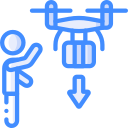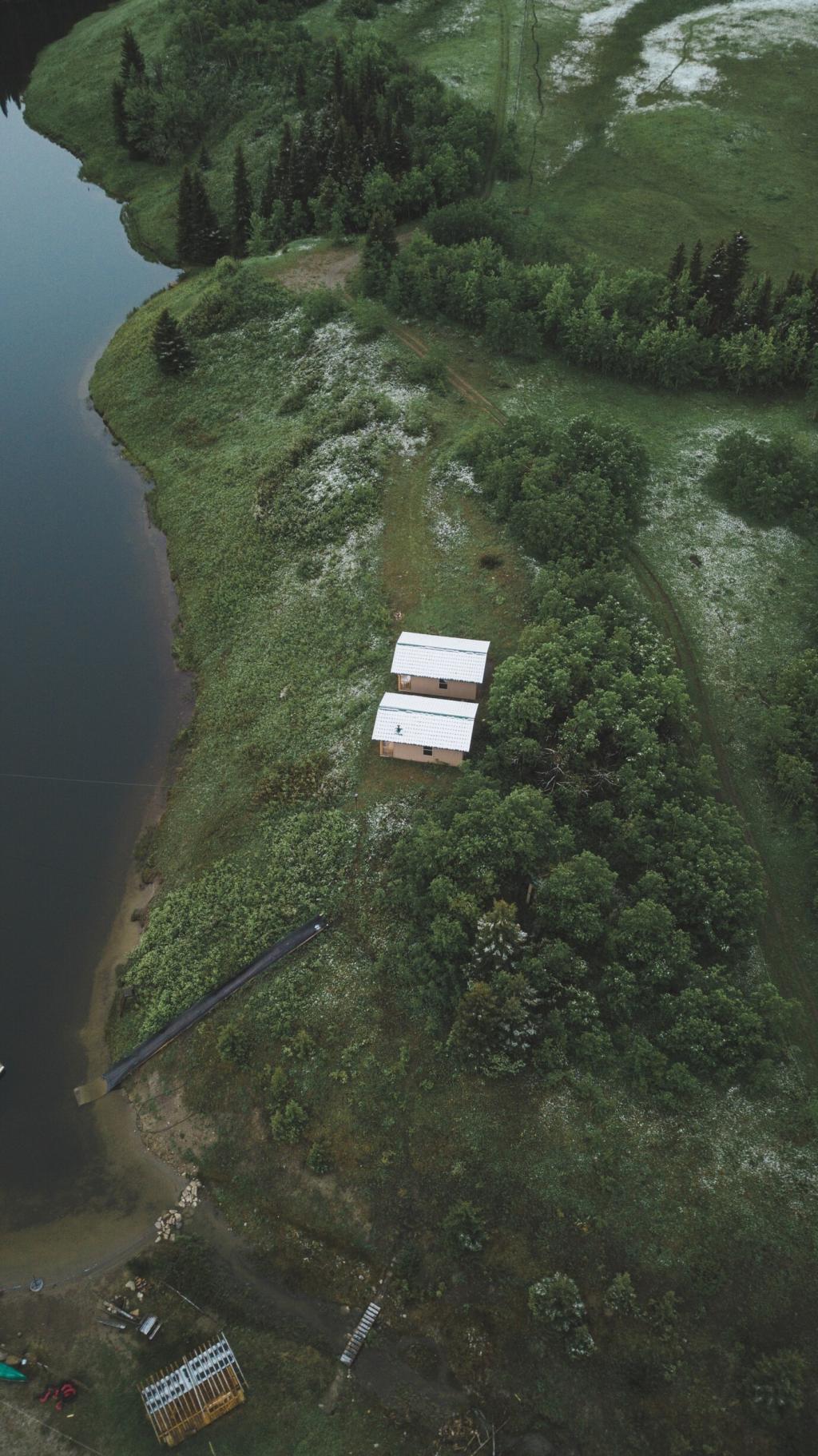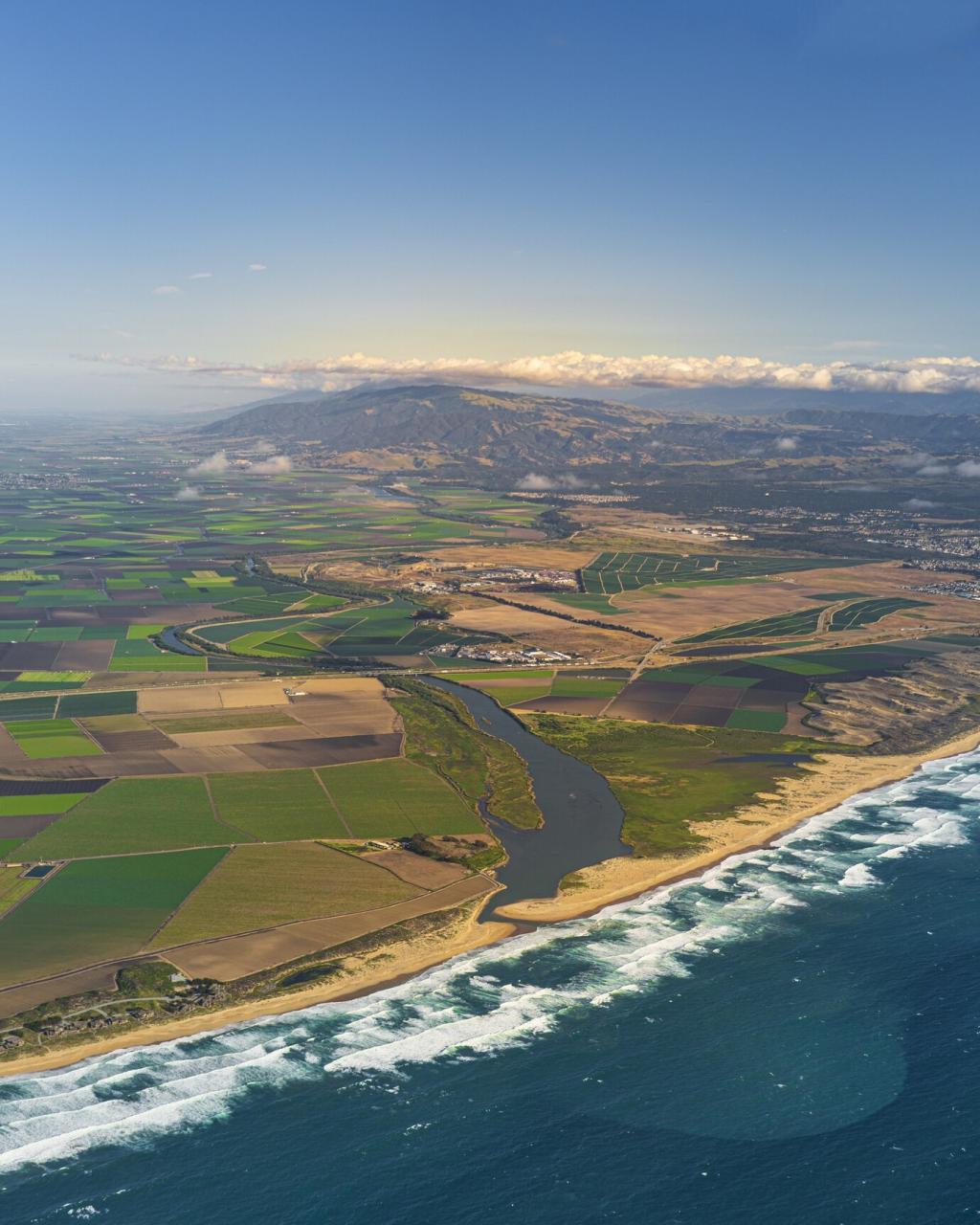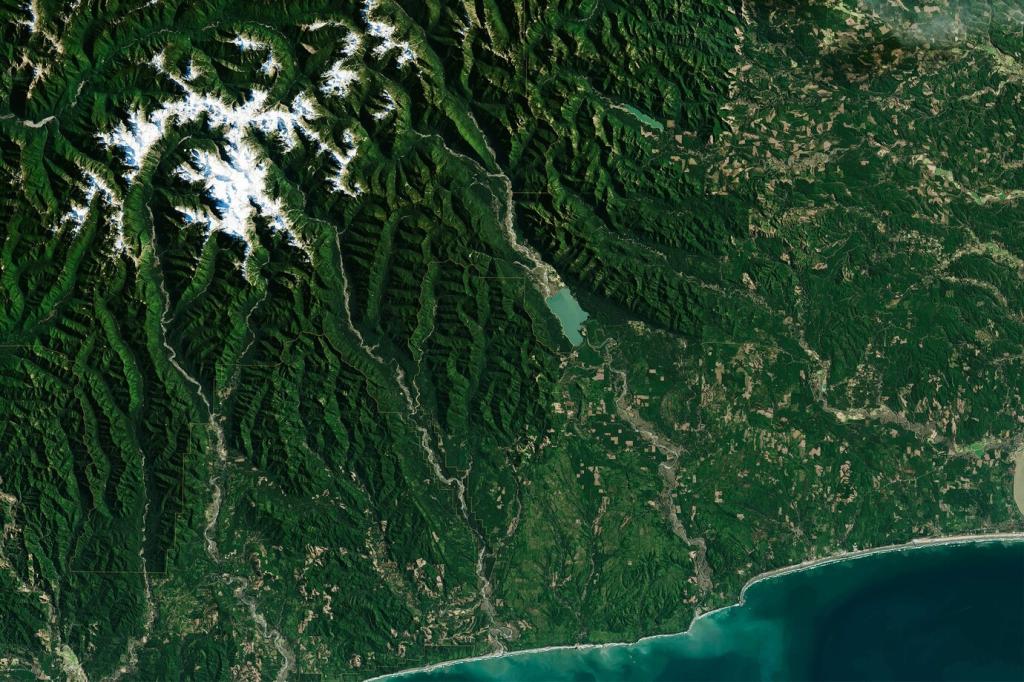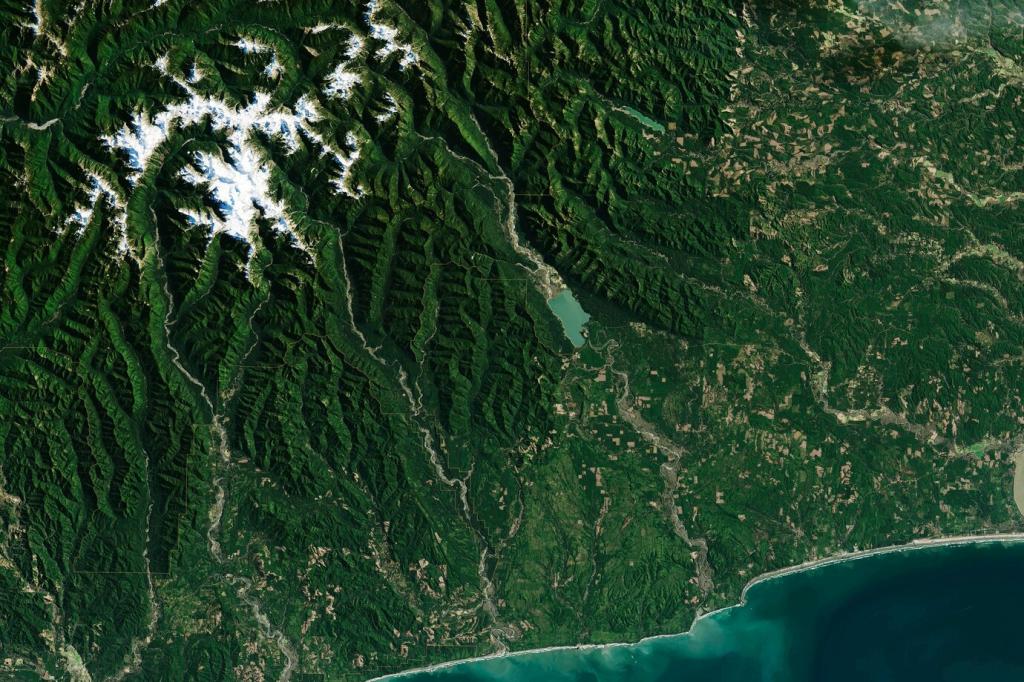Why Aerial Perspectives Matter for Biodiversity
A single flight can survey kilometers of rainforest canopy, salt marsh, or kelp forest, revealing patterns our boots miss on the ground. With overlapping imagery, we stitch detailed mosaics, track seasonal shifts, and pinpoint hotspots where protection, restoration, or patrols matter most.
Why Aerial Perspectives Matter for Biodiversity
Drones capture high-resolution data while reducing trampling, noise, and stress for wildlife. Compared to large aircraft, they fly lower, safer, and cheaper, enabling frequent monitoring. That means robust baselines, confident comparisons, and faster reactions to threats like encroachment, fires, or disease outbreaks.
